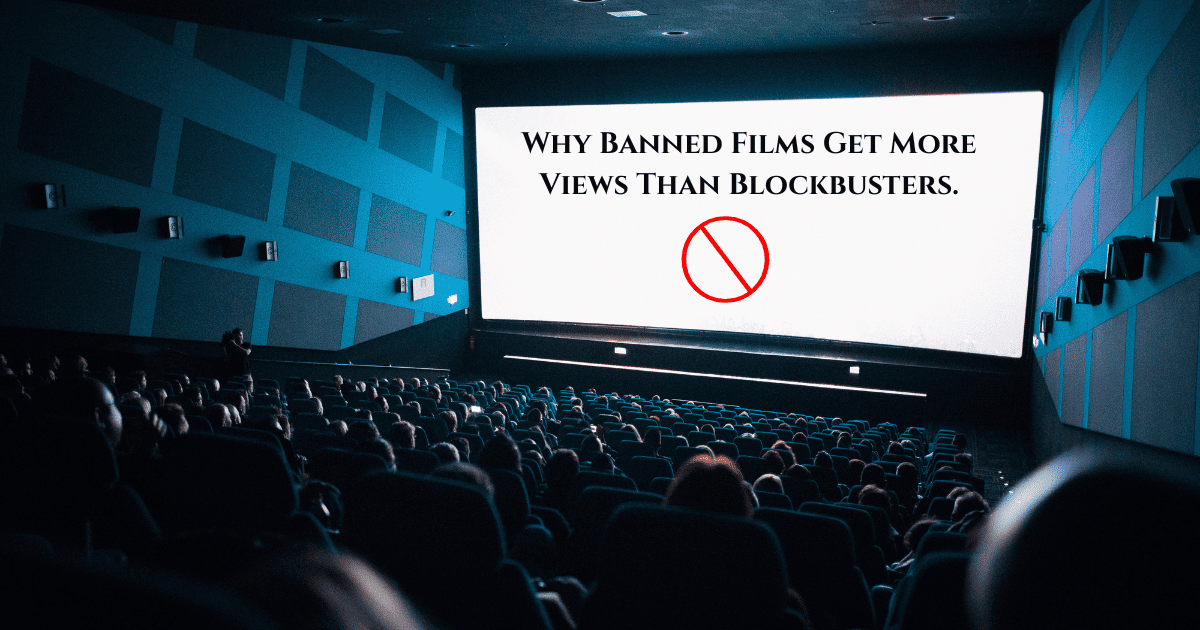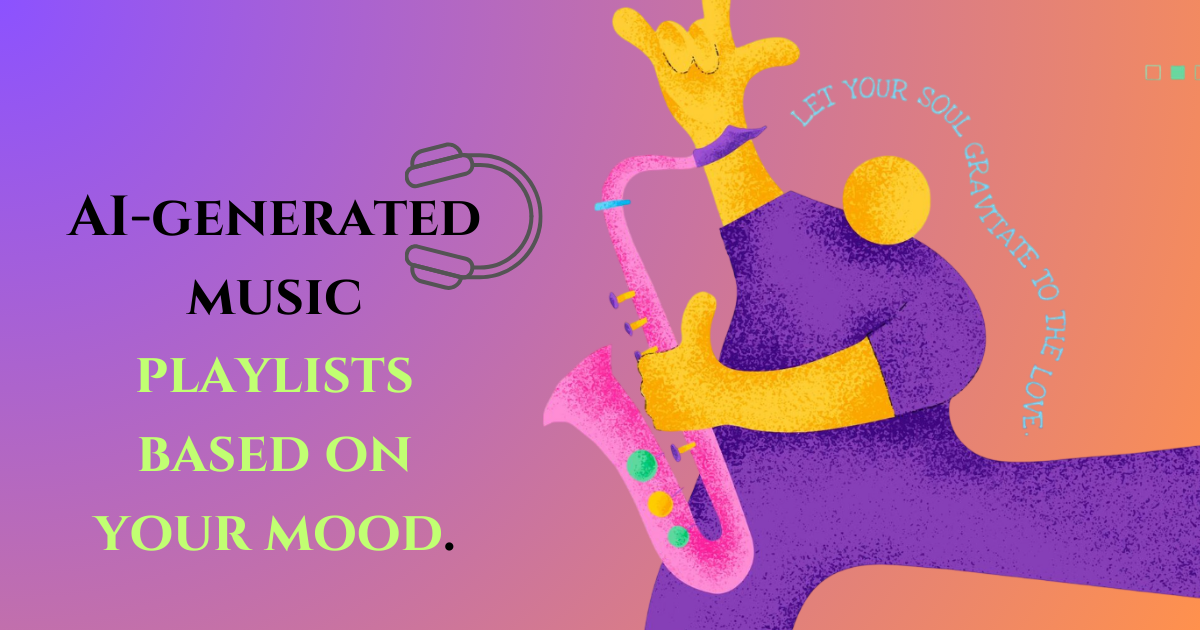Discover why films banned in India often gain more popularity, curiosity, and global attention than mainstream Bollywood blockbusters.
In the age of social media, leaks, torrents, and viral outrage, being banned might be the best promotion a film can get. While blockbuster movies with massive budgets often fade after their first weekend, banned films tend to live far longer in public memory and often reach larger audiences in unexpected ways.
But why does this happen? Why do films that are censored, blocked, or pulled from release end up getting more views than even the biggest stars can pull? Let’s explore the psychology, politics, and media mechanics behind this rising trend.
1. The Power of Forbidden Curiosity
There’s one simple rule of human behavior: we want what we’re told we can’t have. When a film gets banned, especially on sensitive grounds—be it religion, politics, sexuality, or violence—it triggers immediate curiosity. People don’t just want to see the film, they need to know what was so controversial that it had to be shut down.
2. Banning Is Free Publicity
A ban acts like a spotlight. News outlets, influencers, critics, and even those who’ve never heard of the movie start talking. Hashtags trend. Clips leak. Forums explode with discussions. Films like India’s Daughter, Lipstick Under My Burkha, and Gandu gained massive international attention not because of big budgets, but because they were banned. That controversy became their free marketing campaign.
3. Global Audiences Don’t Follow Local Bans
The internet is borderless. A ban in India doesn’t stop global audiences or even Indian audiences using VPNs from watching. Often, platforms like YouTube, torrents, or Telegram channels become secret release hubs. Many times, a film that flops in local cinemas thrives on international platforms.
4. The Rebel Factor
Banned films often represent something deeper—art resisting control. For many, watching a banned film feels like an act of defiance or freedom. These films become symbols of resistance, not just entertainment.
5. Banned Films Often Address Taboo Topics
Mainstream films often play it safe. Banned films usually touch the untouched—gender identity, caste issues, political critique, religious nuance. These are topics people want explored but rarely find in big commercial cinema. So when such a film is banned, people are instantly drawn to it for its boldness.
6. Censorship Backfires in the Digital Age
Banning a movie used to mean it disappeared. Now, it means it explodes. People immediately search for leaks, demand uncensored versions, or debate online. The ban becomes a spark for even greater interest.
7. The Myth of the Dangerous Movie
A ban makes a film seem powerful. A film that might have quietly passed now carries the myth of being “too dangerous to be seen.” That alone boosts views, shares, and curiosity—regardless of the actual quality of the movie.
8. From Underground to Mainstream
What starts as a niche watch quietly goes viral. A few viral clips or memes later, a once-banned film is a cult classic. That evolution—from banned to legendary—is only possible because of the attention bans create.
Conclusion: The Ban That Boosts
In a world where attention equals success, controversy beats marketing every time. Banned films break more than rules—they break the normal flow of media. Sometimes, the act of censorship is what gives a film its power.










